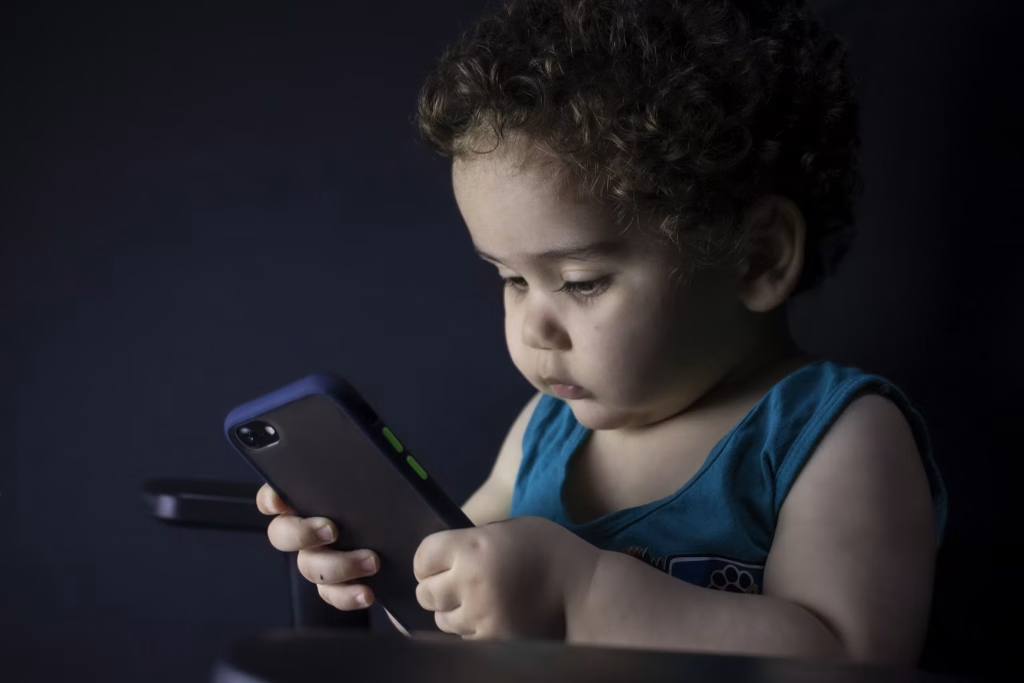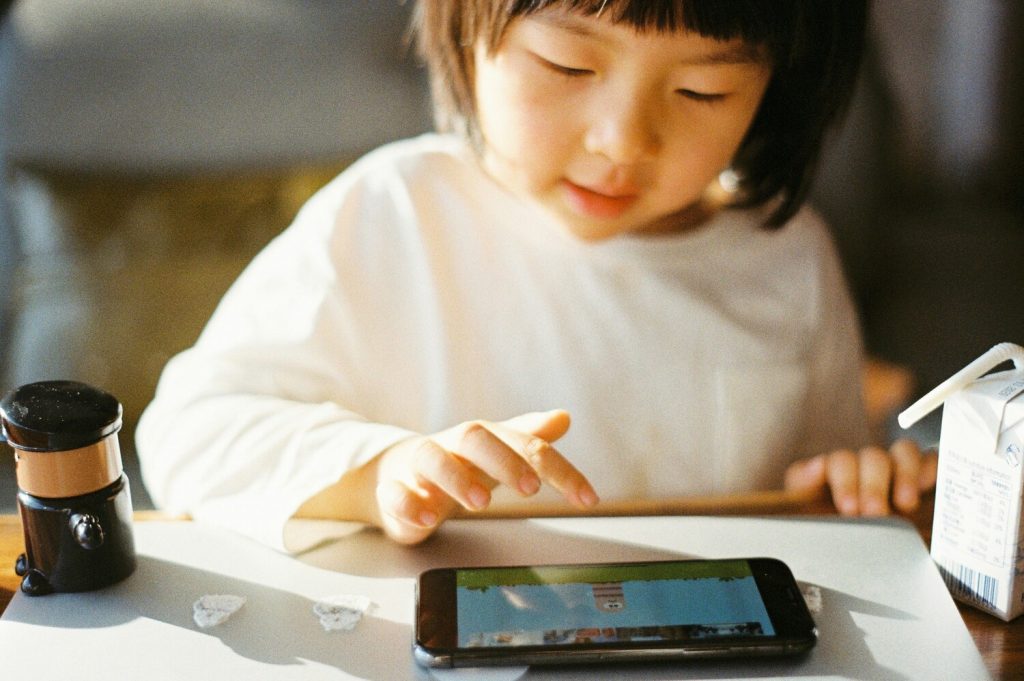
A decade ago, “screen time” mostly referred to cartoons before dinner or weekend video games. Fast forward to 2025, and screens are now where your child learns math, FaceTimes Grandma, watches cartoons, and maybe even unwinds with yoga apps. As parenting has evolved with technology, so has the ongoing debate: How much screen time is too much—and what’s actually okay?
The old-school warnings that “screens will rot your brain” haven’t aged well, especially as devices became a survival tool during global shutdowns, remote learning, and everyday parenting. But even with educational apps and wholesome content, many parents still feel like they’re walking a tightrope between raising a tech-savvy kid and nurturing a healthy, present one.
Let’s explore where expert opinion stands now—and how you can set boundaries that make sense in today’s digital-first world.
What the Guidelines Say (and Why They’re Changing)
The American Academy of Pediatrics (AAP) used to recommend that children under two should avoid screens entirely. But that was before video chatting became a daily norm, and toddlers started swiping before they could speak. The current AAP guidelines are more nuanced: for kids 2 to 5, limit screen use to one hour per day of high-quality programming, and for older kids, focus on balance rather than strict time limits.
But even those recommendations are shifting in spirit. Why? Because screen time today isn’t one-size-fits-all. Not all screen time is created equal, and parents are increasingly being encouraged to consider what their child is doing on a screen, not just how long.
Educational apps, creative platforms, interactive learning tools, and connection-driven media (like video chats) are vastly different from passive scrolling or hours of YouTube rabbit holes. A 2025 kindergartener might use a tablet to learn phonics with an AI tutor or design simple animations—far from “mindless” entertainment.
Red Flags vs. Reasonable Use
So how do you know if your child’s screen time is helping or hurting? Experts suggest watching for certain behaviors:
- Red flag: Your child becomes irritable, anxious, or withdrawn when the screen is taken away.
- Red flag: They’re missing out on physical play, sleep, or real-world social interaction.
- Red flag: Screens are regularly used as the only tool for calming tantrums or managing boredom.
By contrast, screen time becomes more acceptable (and even beneficial) when it’s:
- Interactive, not passive
- Encouraging learning or creativity
- Shared with a caregiver (think co-watching a nature doc or building something in Minecraft together)
- Balanced with physical play, imaginative activities, and in-person connection
It’s also worth noting that how screen time ends matters just as much as how it begins. Sudden, abrupt endings with no warning can trigger meltdowns. But giving kids a heads-up (“5 more minutes, then we’ll eat”) helps train emotional regulation—and prevents the dreaded post-screen tantrum.

What Real-Life Screen Balance Looks Like
Perfect balance doesn’t exist, especially for working parents or caregivers juggling multiple kids. However, many families are finding success with a few realistic shifts.
Instead of counting exact minutes, focus on creating screen boundaries around certain parts of the day. For instance, screens off one hour before bedtime, or no phones at the table.
Other parents use “screen swaps,” where screen time is earned through activity-based trade-offs like playing outside, reading, or helping with a household task. Not as a bribe, but as a rhythm: first we do this, then we do that.
Some families embrace tech-free zones (bedrooms, bathrooms, and the dinner table) to reclaim small pockets of undistracted time. This helps protect sleep, build stronger family rituals, and preserve attention spans that are often stretched thin.
And perhaps most importantly, modeling matters. If your child sees you glued to your phone during every moment of stillness, they internalize that as normal. But if they also see you put it down to read, stretch, or listen attentively, you’re teaching balance in action.
When Screen Time Becomes a Crutch (And How to Shift)
Let’s be honest: screens can feel like a lifeline on hard parenting days. They give us space to cook dinner, take a breath, or make it through a public meltdown without judgment. That’s okay. You’re human.
But when screen time becomes the default, it’s worth gently auditing your own habits and household rhythms. Are screens filling a gap where connection, structure, or play used to live? Are they solving a short-term need but creating long-term disconnection?
If yes, try building in transitional tools, like sensory bins, fidget toys, or story podcasts, that give your child something to focus on without a screen. These options often buy you the same “parent breathing room” while also reducing dependence on the dopamine spike screens deliver.
Digital Literacy Starts Early
The goal isn’t just less screen time. It’s smarter screen time. Teaching kids how to use technology thoughtfully, responsibly, and creatively is one of the most important parenting tasks today. That means talking openly about online ads, privacy, cyberbullying, and how algorithms work, all at age-appropriate levels.
It also means giving kids digital agency: letting them help choose educational apps, creating art projects from things they saw online, or even learning to code in safe, guided platforms. When kids see screens as tools instead of entertainment crutches, they grow up less likely to be ruled by them.
Quality Over Quantity
There’s no perfect formula for screen time in 2025 because families, kids, and lifestyles are all different. The key is to shift the focus away from guilt and toward intentionality. Ask yourself:
- Is this screen time adding value or just passing time?
- Is it crowding out connection or enhancing it?
- Is my child in control, or is the screen?
When screens support your values, serve your family rhythms, and fuel creativity or calm, not chaos, they can absolutely be part of a healthy childhood.
How do you manage screen time in your house, and what’s been the biggest surprise for your family along the way?
Read More:
10 Screen-Free Activities to Keep Kids Entertained
The Dangers of Screen Addiction and How to Set Healthy Limits
Riley is an Arizona native with over nine years of writing experience. From personal finance to travel to digital marketing to pop culture, she’s written about everything under the sun. When she’s not writing, she’s spending her time outside, reading, or cuddling with her two corgis.
